Selecting the Perfect Platform for Your Business
Harnessing the power of social media is vital for expanding your business’s online footprint. However, with the plethora of platforms available, it’s crucial to be strategic and selective rather than spreading yourself too thin.
While a balanced approach to social media marketing is beneficial, we understand the importance of choosing the right social media platform to fucus on for your unique business needs. Here are our four tips to guide you through the selection process.
Understand Your Company’s Identity
Before diving into the world of social media, take a moment to reflect on your company’s identity and branding. Consider the nature of your business and the image you want to portray. For instance, if you’re a small business specializing in visually appealing products, platforms like Instagram or TikTok may be ideal due to their emphasis on imagery.
Conversely, if you operate in the B2B sector and offer professional services, LinkedIn could be a better fit. Remember, each platform has its own unique strengths and audience demographics, so choose wisely to align with your brand’s ethos.
Conduct a Competitive Analysis
In a crowded social media landscape, standing out from the competition is essential. Conducting a thorough competitive analysis can provide invaluable insights into what platforms your competitors are utilizing effectively. By studying their presence, you can identify trends, gauge audience engagement, and determine which platforms resonate most with your target demographic. This knowledge will inform your decision-making process and help you carve out a distinct identity amidst the noise.
Familiarize Yourself with Platform Dynamics
Each social media platform operates within its own ecosystem, characterized by distinct communication styles and user behaviors. Take the time to research and understand the dynamics of each platform you’re considering. For example, Twitter thrives on real-time conversations and trending topics, making it ideal for fostering engagement and interaction. On the other hand, LinkedIn caters to professional networking and industry insights, offering a platform for thought leadership and brand credibility. By grasping these nuances, you can tailor your content and engagement strategies to resonate with each platform’s audience effectively.
Align with Your Marketing Strategy
A cohesive marketing strategy is the cornerstone of a successful social media presence. Define your objectives and align them with your chosen platforms accordingly. Whether your goal is to drive brand awareness, generate leads, or provide customer support, select platforms that complement your overarching marketing strategy. For instance, if content sharing and engagement are your priorities, platforms like Facebook or Instagram may be ideal. Conversely, if rapid customer response is essential, consider platforms like Twitter for its real-time communication capabilities.
Final Thoughts
At Onimod Global, we craft bespoke social media strategies tailored to your business objectives. With our knowledge, we can elevate your brand’s visibility and engagement across multiple platforms, helping ensure maximum impact and ROI.
Ready to take your social media marketing to the next level? Start the conversation with our digital marketers today and unlock the full potential of social media for your business growth.

